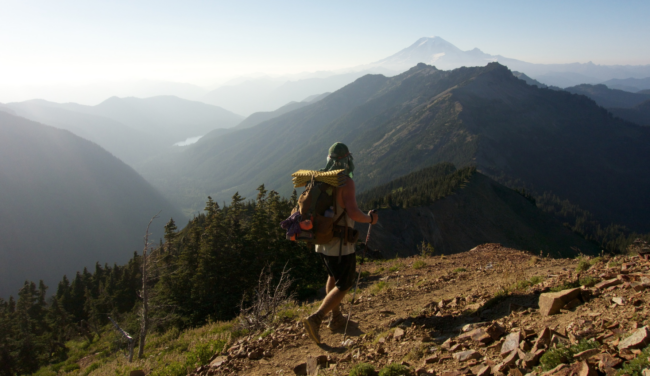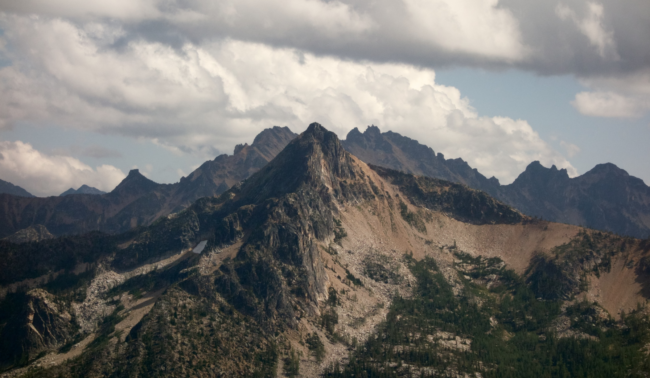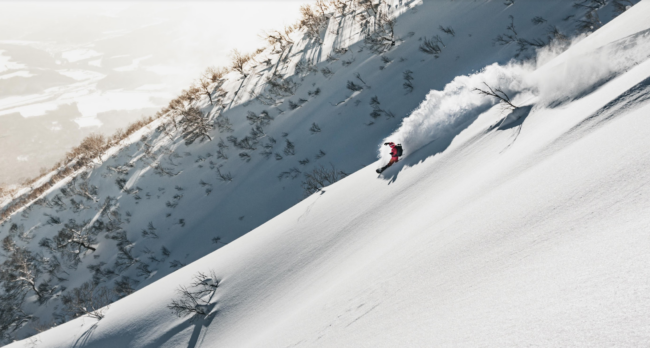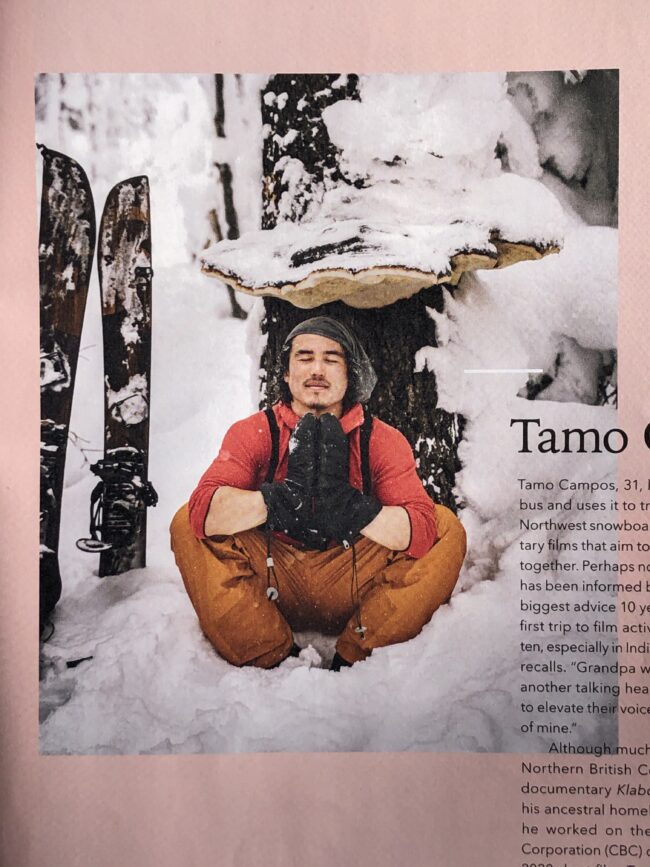Photographer: Colin Arisman
Wild Confluence Media
Heidi: When you look back on your images from the PCT with a camera in hand, how did that experience influence your photographic eye?
Colin: Looking back on the PCT – I had just graduated from college, I had no job or home to go back to. The experience was basically living out of a backpack for 5 months – it was both incredibly stimulating and repetitively boring. It was a fertile environment to really immerse myself in the photographic process and build habits around shooting daily. The hike was really my first focused endeavor into photography but by the end of the trip I had really begun to understand my camera and the fundamentals through daily repetition and experimentation. Looking back through Lightroom, I’m not very excited by the photos I took. I think what the experience taught me as a photographer and filmmaker was that if I’m fully engaged by a personal experience like hiking the Pacific Crest Trail – my creative energy and motivation flows from that excitement. I was so moved by certain moments, those synchronistic experiences of being immersed in nature and I wanted to share that. I learned that a camera could be a way to communicate things that cannot be put into words.
On a practical level, the PCT taught me how to be a “dirt bag”. I decided after that experience that I wanted to become a photographer but it took most of my twenties to pick up momentum professionally and really be able to get the assignments to build my portfolio. If I didn’t have the experience in my early twenties of living out of a tent, living out of a truck, living in shared spaces with seasonal workers, I don’t think I could have survived the lean years when I wasn’t making much at all as a freelance creative. I’ve really committed to pursuing the experiences and stories that I’m passionate about and the PCT was a big part of building that habit.
Tell us how this image of Tamo came about.
Tamo and I had the opportunity to travel around Hokkaido, Japan a few winters back in a little camper van. We were working on a documentary film project together and after the shoot wrapped, we blocked out a few weeks to try and visit different backcountry zones around the island. Our budget for the trip was very, very shoestring. We rented the smallest van that we could afford in Tokyo and drove it all the way north, caught a ride on the ferry and finally made it to the perfect zone. We’d tour up into the mountains all day. Make it back to the van by sunset. Visit a nearby onsen, grab ramen and then sleep in the closest parking lot. It turns out that car camping is culturally accepted in Japan, so we were actually camping near other local folks doing the same thing.
After a few weeks, the trip became a wonderful blur of deep snow, gas station sushi and hot springs. Some zones in Japan are just so magical. The snow is so deep and fresh – it is clinging to everything. Skinning up through the ancient birch forests feels just as rewarding as dropping in and going down. This big shelf fungus gave us a laugh, mid way up a tour and Tamo plopped down to pay homage and get some cover from the falling snow.
How did making the Brotherhood of Skiing inform you as a creative adventurer?
Making Brotherhood of Skiing was really an influential experience for me. Previously a lot of my work had focused on “wilderness” and spaces that are mostly absent of people. The National Brotherhood of Skiers is really about community, connection, and celebration through being outdoors together. The opportunity to hang out with NBS showed me how much that kindness, inclusion and joy is often missing from predominantly white recreation spaces. There is just some much love when NBS hits the slopes. After that film I started looking more carefully at what stories I wanted to work on and whose voices were a priority to amplify. It’s about equity in representation but also about keeping the creative experience fun and how much the process can flow when the folks in front of and behind the camera are resonating.
What are you working on now?
This summer I’m working with my partner to finish a remote cabin in the Tongass Rainforest in Alaska. My partner Elsa grew up here in coastal Alaska and part of putting roots down is a commitment to the visual storytelling that we think will benefit this community. I’m trusting that prioritizing personal experience over chasing jobs, will lead me professionally where I’m meant to go. I want to let my creativity flow from what I’m excited about in my life. A lot of my work right now is around documenting maritime and fishing culture. A new wave of Alaskans are striving to live in balance with the land after the decades of industrial excess and exploitation in Alaska. I strive for my photography in Alaska to be a celebration of that movement and the reciprocity between people and land.






